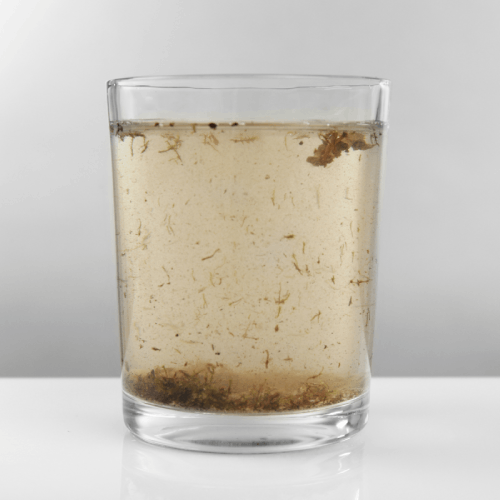When we think about the air we breathe, we often focus on pollutants like smog, dust, and chemical fumes. Air Quality Index (AQI) systems reflect this, providing a snapshot of chemical pollutants and particulate matter such as PM2.5, PM10, ozone, nitrogen dioxide, and carbon monoxide. These indicators are undoubtedly crucial for assessing pollution-related health risks. However, they overlook a significant and potentially dangerous component of the air: microorganisms.
Air Has a Microbiome—And It Matters
The air microbiome is the collection of microorganisms - bacteria, viruses, fungi,
and more—that are suspended in the air all around us. These microbes originate
from soil, water, plants, animals, and even humans. While some of them are
harmless, others can cause serious health issues, including respiratory infections, allergic reactions, and even systemic illnesses.
Understanding the composition and behaviour of airborne microbes in different environments (homes, hospitals, public spaces) is vital. Without accounting for microbial load and diversity, current AQI frameworks provide only a partial picture of air quality and its impact on health.

The False Comfort of “Natural Exposure”
A popular misconception is that the presence of microorganisms in the air might be beneficial for the immune system—a belief loosely derived from the hygiene hypothesis, which suggests that early exposure to microbes can reduce the risk of allergies and autoimmune diseases. However, this idea is frequently misapplied when it comes to indoor and urban air.

Unlike the beneficial microbes found in natural outdoor environments like farms and forests, the microbes commonly present in indoor air or polluted urban settings often include pathogenic or opportunistic organisms. Rather than boosting immunity, these microbes are more likely to cause harm-especially to vulnerable populations like children, the elderly, or those with weakened immune systems.
Would You Drink Contaminated Water?

To put this in perspective, imagine applying the same logic to water. Would you drink water from a pond or tap if you knew it contained microorganisms, some of which could make you seriously ill? Of course not. We have rigorous public health standards for drinking water precisely because microbial contamination is a well- known vector for diseases like cholera, typhoid, and dysentery.
Yet, when it comes to air, we don’t apply the same standard. We wouldn’t drink contaminated water, but we accept breathing contaminated air. This disconnect needs to be addressed.
Time for a New Standard in Air Monitoring

To truly safeguard public health, it's time to evolve our air monitoring systems. We need to go beyond the traditional AQI and incorporate biological parameters—such as microbial load, diversity, and presence of specific pathogens. Only with a comprehensive understanding of the air’s chemical, physical, and biological makeup can we make informed decisions about indoor environments, public health policies, and infection control strategies.
The air we breathe is just as vital as the water we drink. It’s time we start treating it that way.

